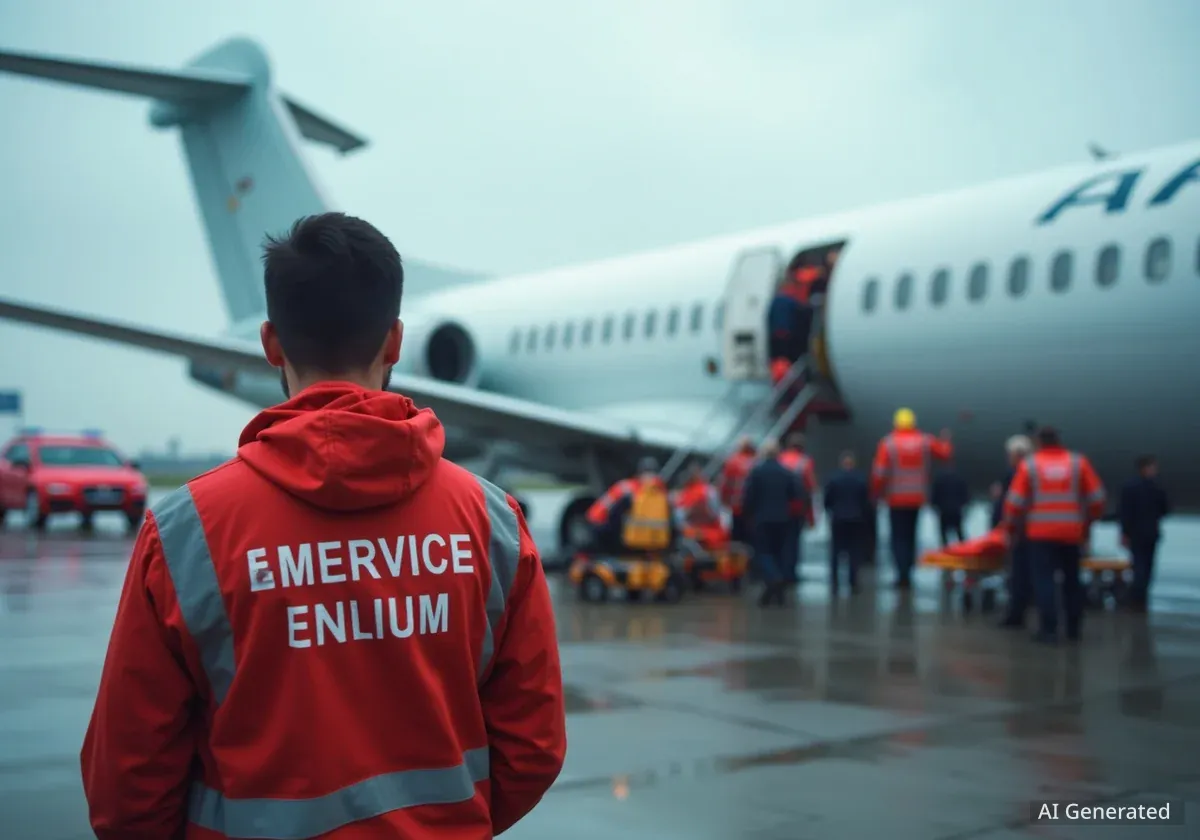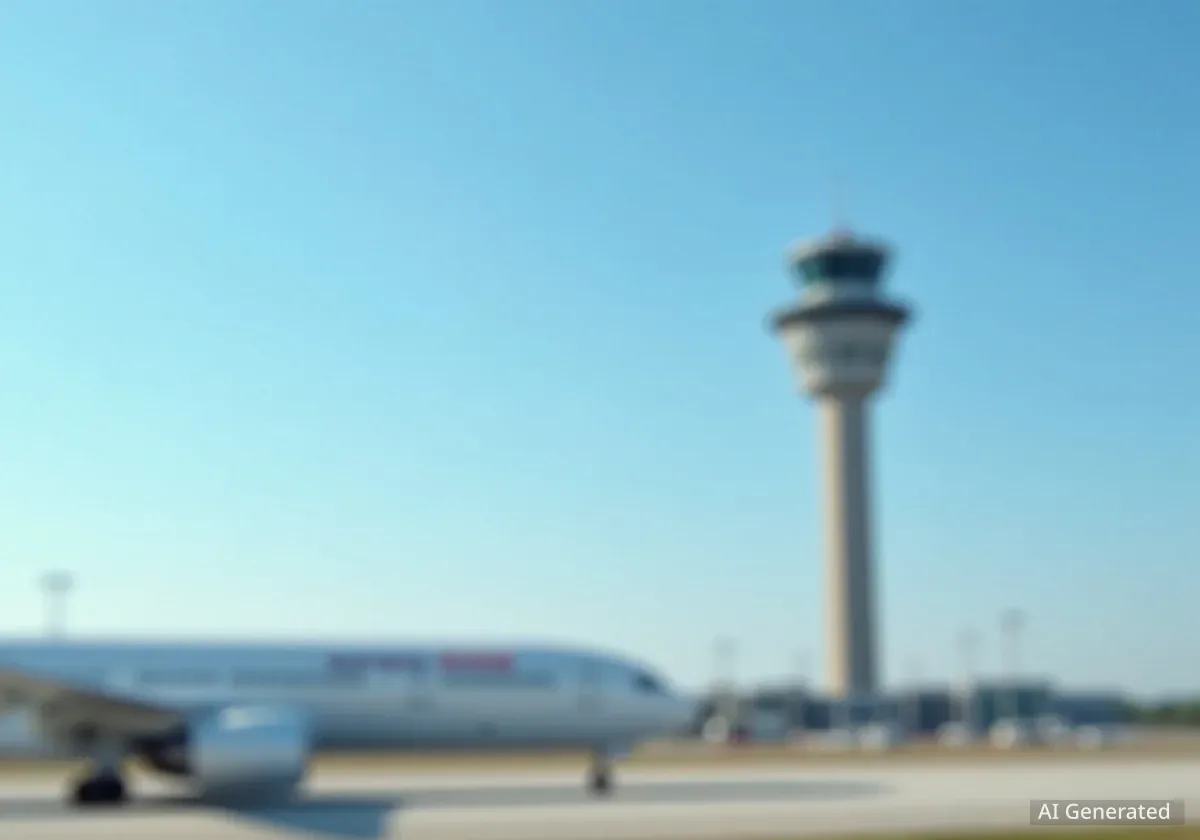A JetBlue flight from Cancun, Mexico, bound for Newark, New Jersey, made an emergency landing in Tampa, Florida, on Thursday after experiencing a sudden drop in altitude. Several passengers required medical attention, with some transported to local hospitals.
Key Takeaways
- JetBlue flight 1400 diverted to Tampa International Airport.
- The incident involved an Airbus A320 experiencing a sudden altitude drop.
- Multiple passengers received medical care, with at least three taken to hospitals.
- The Federal Aviation Administration (FAA) has launched an investigation.
- JetBlue has taken the aircraft out of service for a full inspection.
Sudden Altitude Drop Leads to Diversion
JetBlue flight 1400, an Airbus A320, was en route from Cancun International Airport (CUN) to Newark Liberty International Airport (EWR) when the incident occurred. Mid-flight, the aircraft experienced a rapid and unexpected drop in altitude, causing distress among those on board.
The flight crew immediately declared an emergency. They diverted the plane to Tampa International Airport (TPA), landing safely around 2 p.m. local time. Emergency services were on standby at the airport to assist the passengers and crew.
Aircraft Details
The aircraft involved was an Airbus A320. This model typically has a capacity of 162 seats, according to JetBlue's website. These planes are widely used for short to medium-haul flights.
Passengers Receive Medical Care
Upon landing, medical personnel were on site to evaluate all passengers and crew members. Several individuals reported injuries from the sudden movement of the aircraft during the altitude drop.
“We’ve got at least three people injured. It seems like maybe a laceration in the head,” a radio call captured from air traffic audio on LiveATC.net stated, indicating the immediate assessment of injuries.
While many were evaluated at the airport, some passengers required further medical attention. At least three people were transported to local hospitals for treatment of their injuries. The specific nature and severity of all injuries have not yet been fully disclosed by the airline.
Airline Response and Investigation
JetBlue confirmed the emergency landing and the medical attention provided to those affected. The airline issued a statement prioritizing safety.
“Our team has taken the aircraft out of service for inspection, and we will conduct a full investigation to determine the cause,” JetBlue's statement read. “The safety of our customers and crewmembers is always our first priority, and we will work to support those involved.”
The Federal Aviation Administration (FAA) has announced that it is investigating the incident. Such investigations typically involve examining flight data recorders, cockpit voice recorders, and interviewing the flight crew and ground personnel.
What is an Altitude Drop?
An altitude drop, often referred to as a rapid descent, can be caused by various factors, including mechanical issues, severe turbulence, or pilot actions. While rare, sudden changes in altitude can lead to injuries if passengers are not securely buckled into their seats.
Previous Incidents for JetBlue
This incident follows another recent event involving a JetBlue aircraft. In June, a JetBlue flight landing at Boston’s Logan International Airport rolled off the runway and into the grass. Fortunately, no one was injured in that incident, though the runway was temporarily closed.
Airlines maintain rigorous safety protocols, and incidents like these are thoroughly investigated to prevent future occurrences. The focus remains on understanding the precise cause of the altitude drop to ensure continued passenger safety.
Impact on Passengers and Future Travel
Passengers on the diverted flight faced unexpected delays and the stress of an in-flight emergency. JetBlue is expected to assist affected passengers with their onward travel plans to Newark or alternative destinations.
For those who experienced injuries, the airline will likely provide support and coordinate with medical facilities. Such events underscore the importance of remaining seated with seatbelts fastened whenever possible during a flight, especially in unexpected turbulence or emergencies.
The ongoing FAA investigation will provide crucial insights into the specific circumstances that led to this emergency landing. The findings will be vital for implementing any necessary changes to flight operations or aircraft maintenance procedures.





